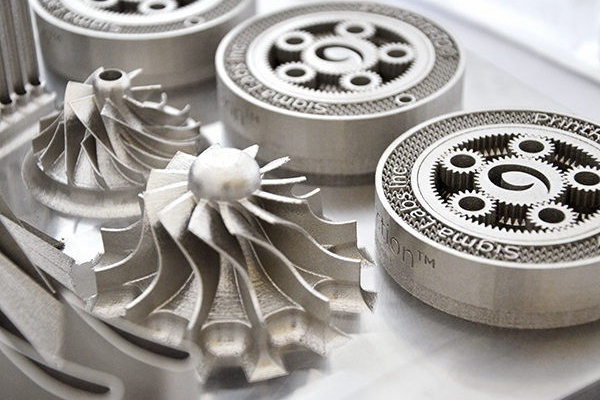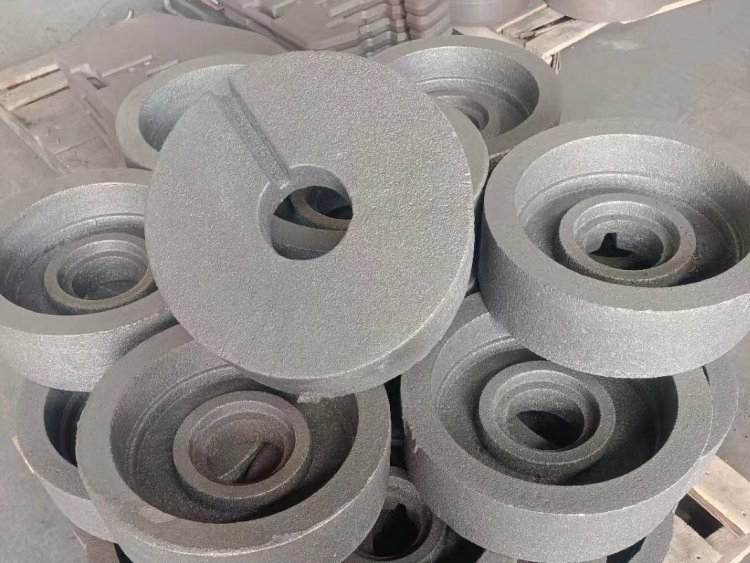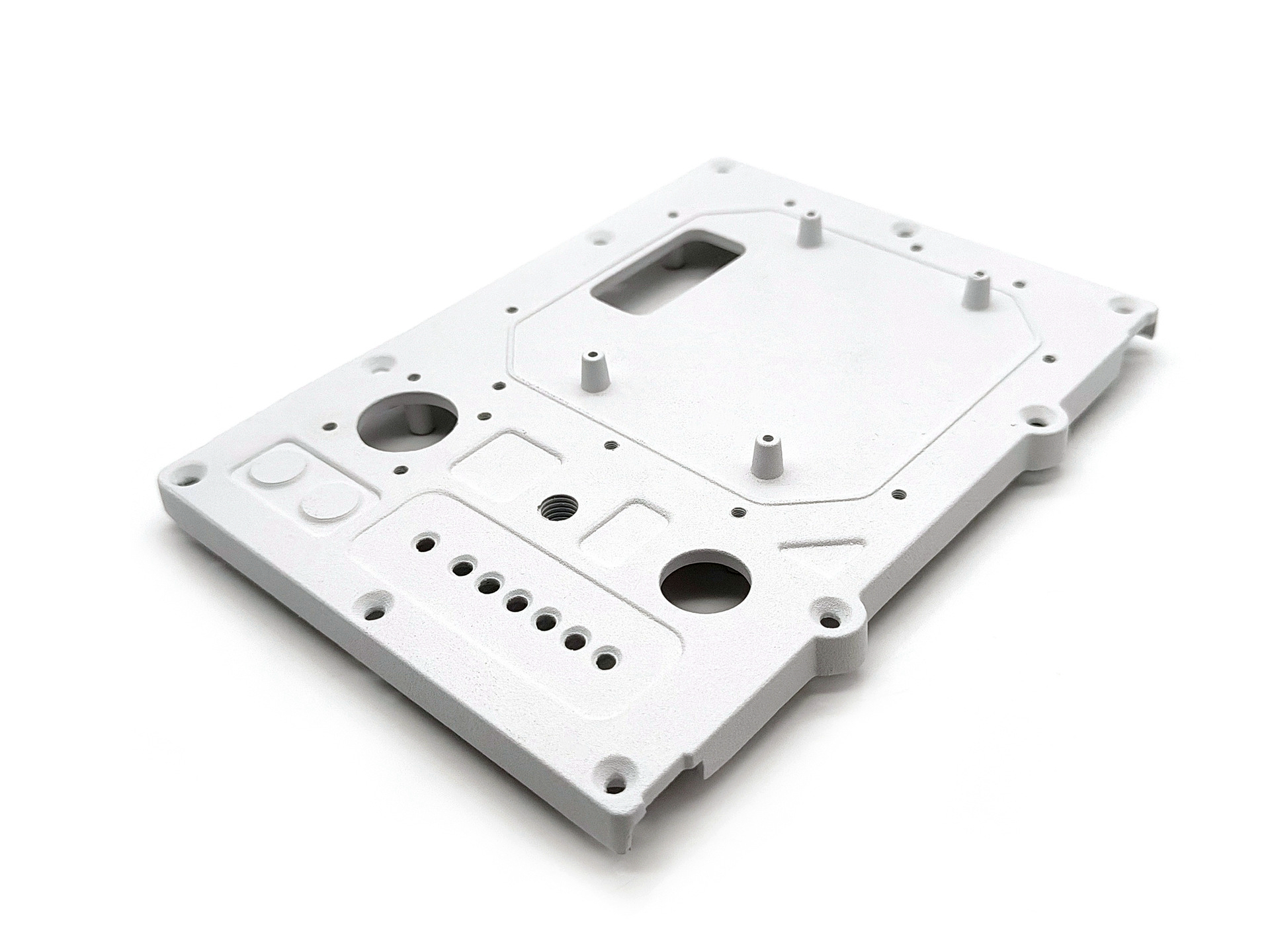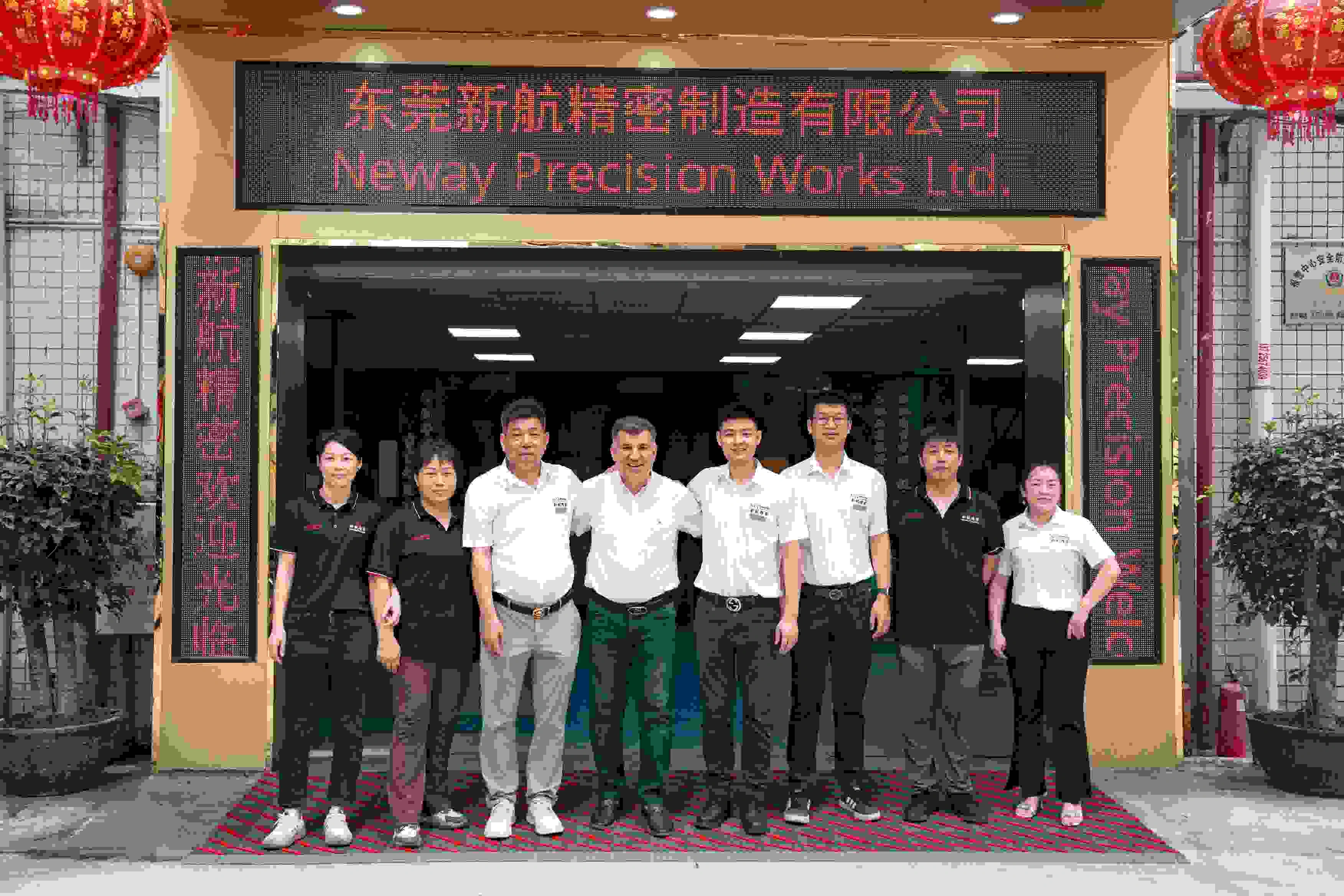How does die casting ensure tight tolerances for motion-critical parts?
How Die Casting Ensures Tight Tolerances for Motion-Critical Parts
Precision Mold Design and Manufacturing
Achieving tight tolerances in die casting begins with expert tool and die design. High-precision tooling made from robust materials such as H13 Steel or Tungsten Carbide ensures minimal thermal expansion and excellent dimensional stability. Advanced mold-making technologies like CNC milling and EDM machining further refine accuracy, typically enabling tolerances as precise as ±0.05 mm for small motion-critical components.
Optimal Alloy Selection and Material Control
Selecting alloys known for excellent dimensional stability is crucial. For example, Aluminum A380 and Zamak 5 zinc alloy are particularly valued in motion-critical applications for their low shrinkage rates and predictable solidification behavior. Controlled alloy composition and strict adherence to industry standards, such as ASTM B85 for aluminum alloys and ASTM B86 for zinc alloys, ensure consistent properties and stable dimensional results throughout the casting process.
Precise Process Control and Automation
Maintaining tight tolerances requires meticulous process control, involving real-time monitoring of melt temperatures, injection pressure, cooling rates, and cycle times. At Neway, automated die casting machines equipped with precise temperature controls and advanced sensors provide repeatable casting cycles, minimizing variance. Precise injection speed and controlled cavity filling significantly reduce defects such as porosity and shrinkage, thereby ensuring dimensional consistency.
Post-Casting CNC Machining and Finishing
Even with high precision casting, motion-critical components often require additional finishing to achieve extremely tight tolerances. Post-processing operations like CNC machining can further refine dimensions to achieve tolerances down to ±0.01 mm. Additionally, finishing processes such as sand blasting or tumbling remove surface irregularities, enhancing component accuracy, smoothness, and performance reliability.
Rigorous Quality Control and Inspection
Comprehensive quality control protocols, including dimensional inspections using coordinate measuring machines (CMM), optical comparators, and X-ray inspections, guarantee that each part meets specified tolerances. At Neway, systematic inspection and testing equipment ensure motion-critical components consistently satisfy stringent industrial standards, significantly reducing assembly issues and improving long-term performance reliability.
Recommended Die Casting and Post-Processing Services for Motion-Critical Components
To achieve exceptional precision and performance in motion-critical die cast components, we recommend:
Tool and Die Creation: High-precision molds crafted from durable materials.
CNC Machining Services: Final precision machining to achieve tight tolerances.
Die Castings Inspection: Advanced inspection processes to ensure compliance with stringent tolerance requirements.
Neway Die Casting is dedicated to providing comprehensive solutions to ensure your motion-critical components perform flawlessly under demanding operational conditions.



